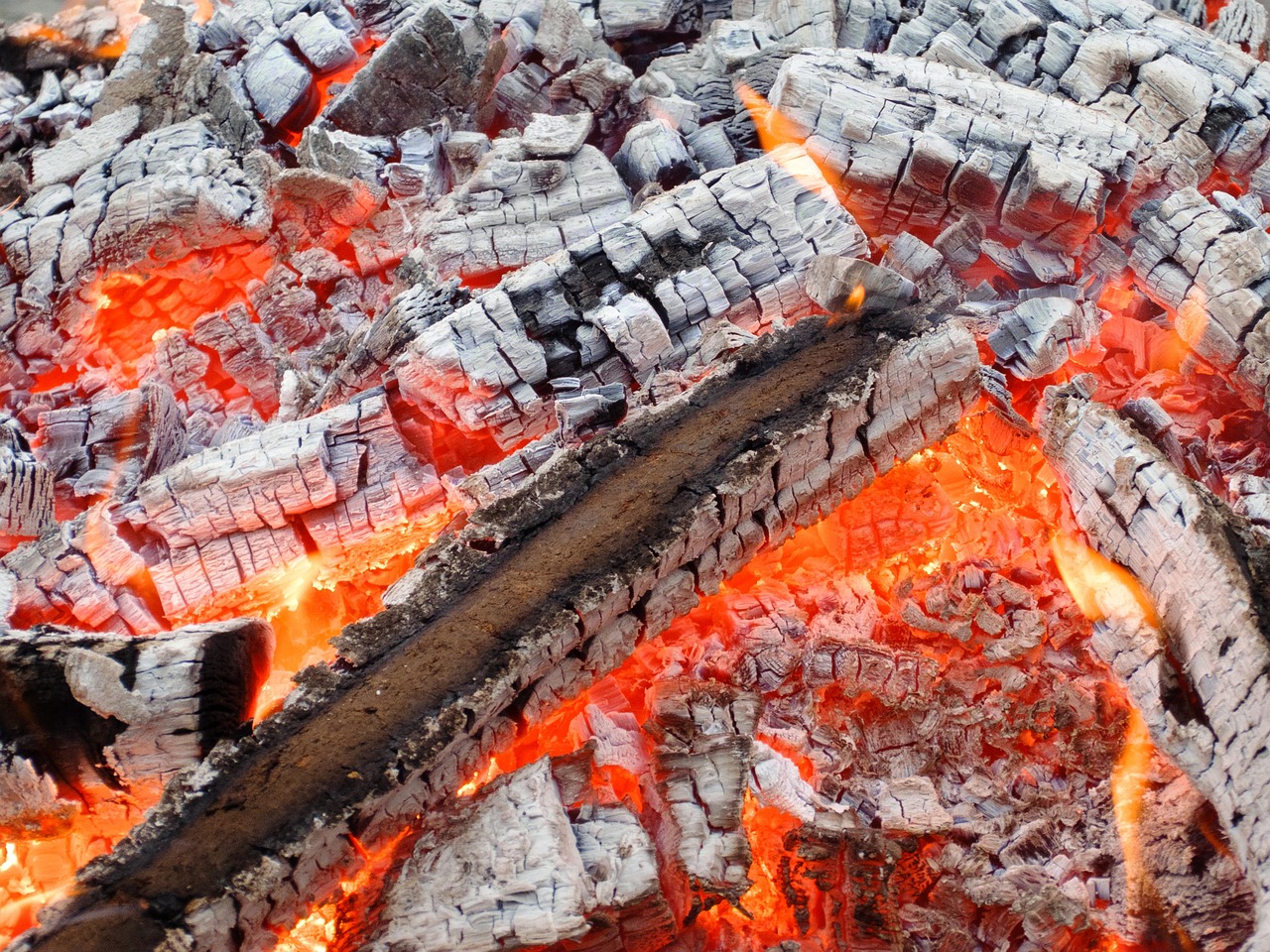In this 2nd article on Sr. Joan Chittister’s book, I would like to invite you to reflect on religious vows, specifically the vow of chastity that Sr. Joan made in chapter 11 of her book in the context of sexuality, perfection and devotion describes.
Sr. Joan has given this chapter the title “Call for Love”. And again I have to say that these pages, like the entire book, are a kind of explosive, a challenge and provocation that force you to rethink principles that have been lived and believed up to now. But those who face this challenge can experience a vastness and liberation, especially in this vow, which is often seen as a restriction, which enriches life and makes it worth living.
Sr. Joan describes, among other things, how chastity was lived and understood over centuries, especially in women’s communities: “Religious life became an exercise of disembodiment, a spirituality of genderlessness, distance, security and fear … In such a climate the encounter between people was at the bottom of the ladder of spiritual development. Friendships in the communities were limited to fleeting contacts … Life was there to be denied … Work replaced human relationships. Community life became a life in which strangers learned to be lonely with one another. ”
The author describes the situation as it was common in most women’s communities until a few decades ago. And even if we have been trying, at least since the 2nd Vatican Council, to open ourselves to a new and contemporary order theology and to revise our constitutions and rules of life accordingly, this centuries-old thinking is still written down in our heads in many ways. And a traditional thought pattern to change a mentality is one of the most difficult and tedious tasks and challenges.
But the author also shows what vision she has for life as a religious and how it can succeed in integrating chastity, sexuality, love and the ability to love in religious life: “A chastity that makes love and friendship impossible, that distrusts privacy and refusing to allow personal feelings, misses the point of chastity. Chastity is not about not loving. It teaches us to love well, to love generously, to love energetically. ”And elsewhere:“ The ability to show feelings is a gift. If she is circumcised … she will corner people. If it is released, the soul gets wings…. Without love, life dies away and leaves us empty-handed. ”
In this context, I remembered a meeting with fellow sisters on the subject of chastity and sexuality in religious life. We talked about the fact that our body, even our sexuality, is a gift from God, nothing unclean and bad and that we, as women religious, must also become aware of these gifts. Even if we do not live out sexuality, we have to accept it and channel its energy, tenderness and the ability to love and give it to all the people we serve. In this way, it helps and enables us to love ourselves and others without tying us to one person. For many sisters (all of them at an advanced age) this was a revelation and liberation. One sister said: We should have been told that years ago.
Sr. Joan put this in a nutshell: “Love without sexual practice, wonderful because of its tireless attention, teaches us the beauty of the loving soul and the fulfillment that accompanies the overwriting of the self, the I-am, for the sake of others . To teach chastity without love means as much as teaching spiritual exercises without God. ”
I want to end my remarks with the opening quotation of Chapter 11 “Call for Love”. In my opinion, this quote from Henry Ward Beecher sums up everything the author has written on the subject: “I did not know how to worship and worship God until I knew how to love.”
I hope I have made at least some of you want to read Sr. Joan’s book not just in part, but in full. It’s worth it, even if it makes us uneasy at first. But it leads further, broadens our horizons and gives us an idea of the beauty of religious life, which we often overlook or cannot see in our everyday life because its beauty is encrusted and hidden under the ashes. May the book help us to rekindle the embers, indeed the fire, in us!
Sr. Petra Ladig

